The Pearl Guinea Fowl (Numida meleagris) is the most common and widely recognized guinea fowl species, native to Africa but now found globally due to domestication and introduction. Known for its striking appearance, the Pearl Guinea Fowl has a rounded body covered in dark grey or black feathers, adorned with numerous small white spots that give it a “pearl-like” look. Its bare head features a bony casque, while the neck and face display patches of colorful blue and red skin.
Behavior and Social Structure
Pearl Guinea Fowl are highly social birds that live in flocks, often ranging from a few individuals to large groups. They are ground-dwelling, foraging actively for insects, seeds, grains, and small invertebrates, making them valuable for pest control. These birds are vocal, using loud, distinctive calls to communicate and alert others to potential threats. They are also known for their ability to adapt to a variety of environments, from savannas and grasslands to agricultural areas.
Habitat and Distribution
Originally native to Africa, the Pearl Guinea Fowl has been widely domesticated and introduced to many parts of the world, including Europe, Asia, and the Americas. In the wild, they prefer open habitats with scattered shrubs and trees, where they can forage and take cover from predators.
Reproduction
During the breeding season, males become territorial, competing for females through displays and calls. Females lay clutches of 12–15 eggs in shallow nests on the ground, hidden in dense vegetation. The eggs hatch after an incubation period of about 26–28 days, and the chicks, known as keets, are precocial, able to move and feed shortly after hatching.
Importance and Conservation
While not considered threatened, Pearl Guinea Fowl are an important species both ecologically and economically. In the wild, they contribute to seed dispersal and insect control, while domesticated populations are valued for their meat, eggs, and pest-control capabilities. Their adaptability and resilience make them a popular choice for small farms and homesteads worldwide.

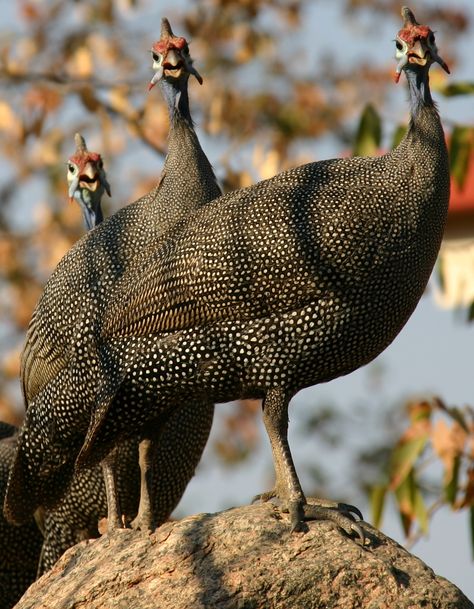
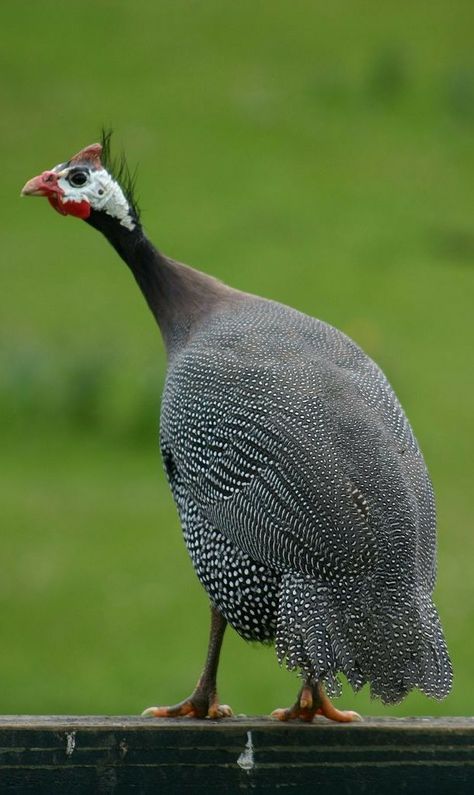
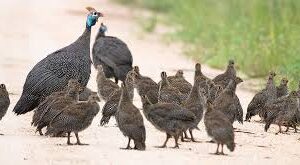

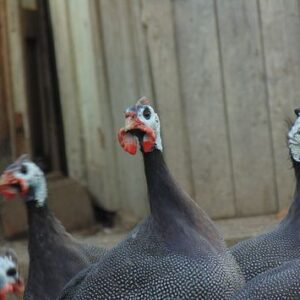
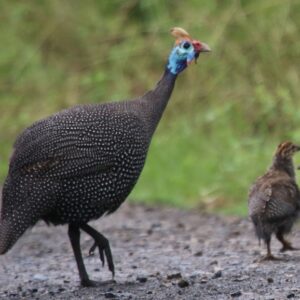
Reviews
There are no reviews yet.